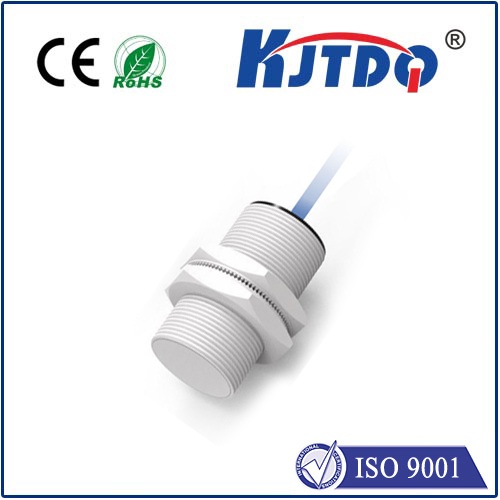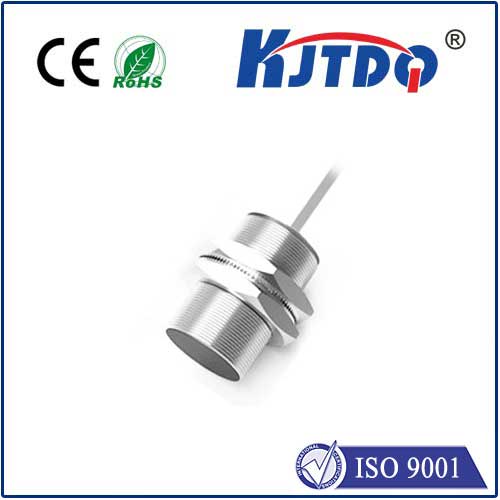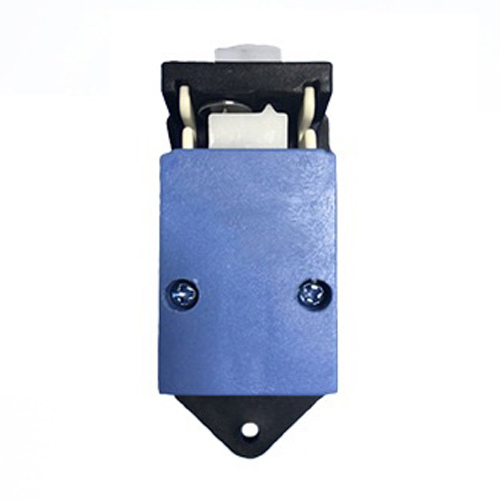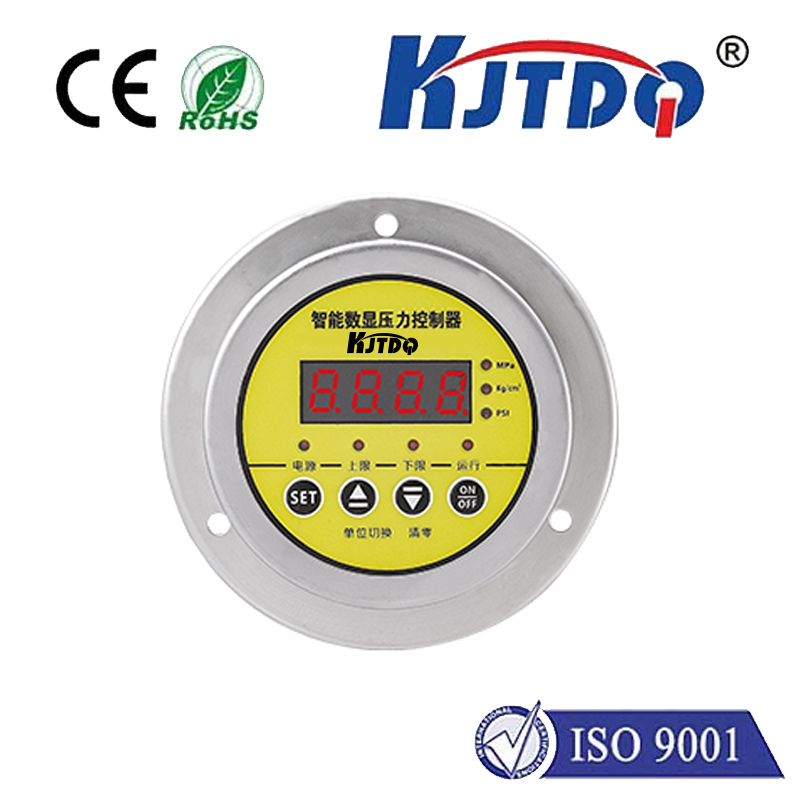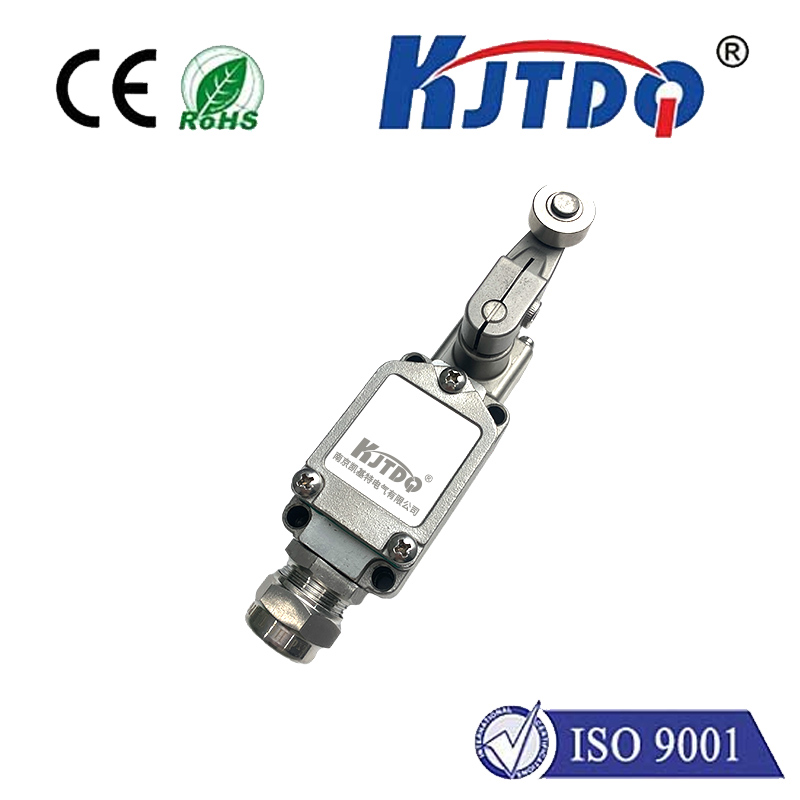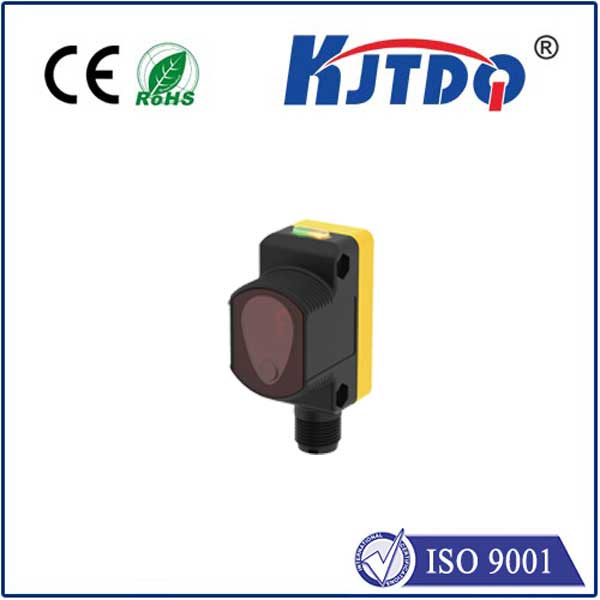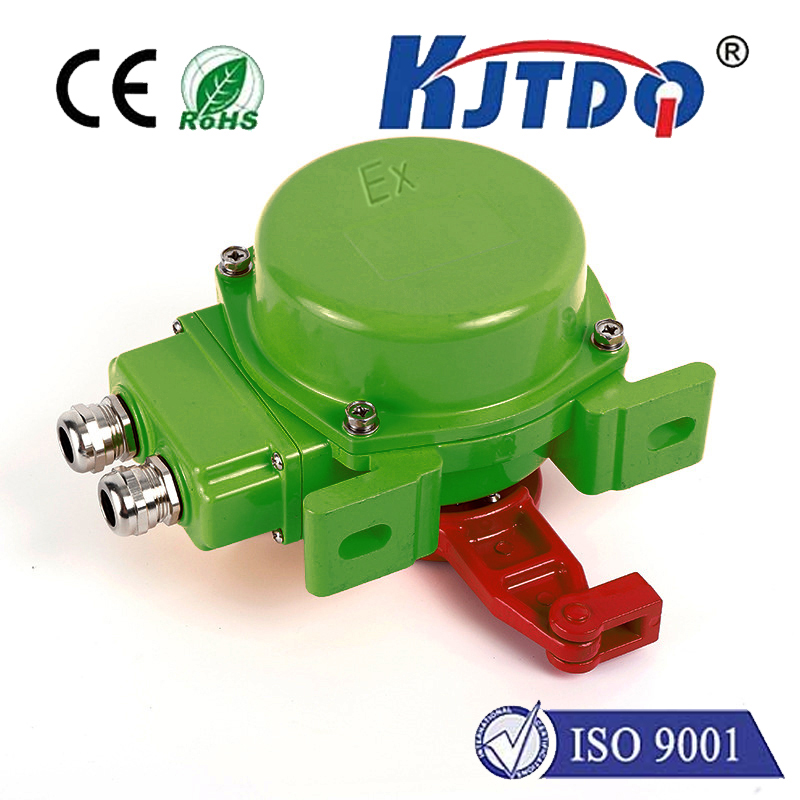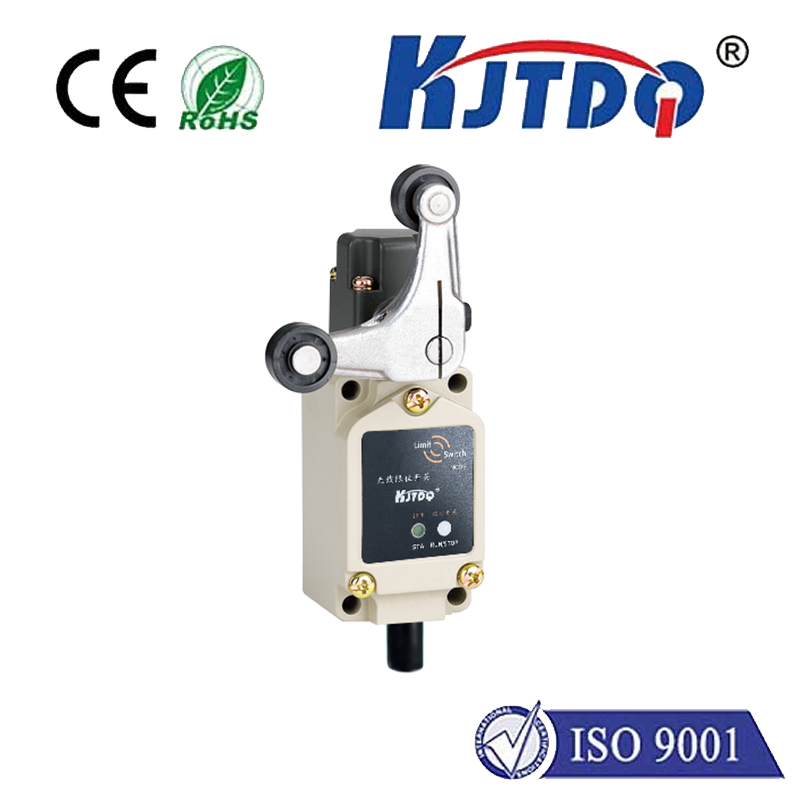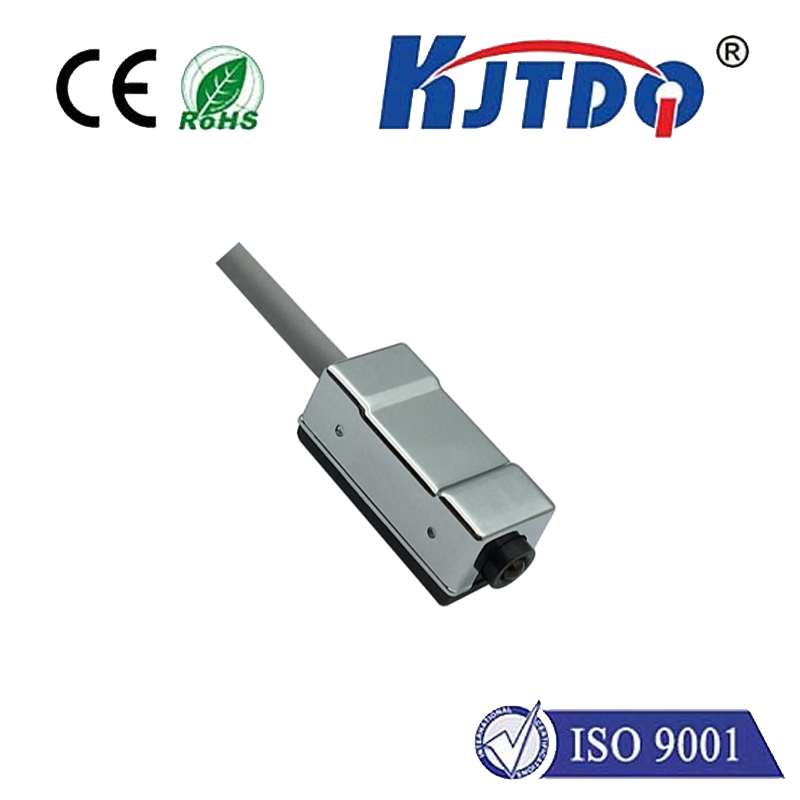greenhouse temperature monitor
- time:2025-08-20 01:59:33
- Нажмите:0
Greenhouse Temperature Monitor: Your Key to Thriving Crops and Optimal Yields
Imagine stepping into your greenhouse on a deceptively sunny winter morning, expecting a comfortable growing environment, only to be hit by a wall of stifling, humid heat. Or picture returning after a cool night to find tender seedlings shivering, their growth stunted. Fluctuating temperatures are the silent saboteurs of greenhouse success, capable of undoing months of careful nurturing in mere hours. This is where the unsung hero of modern horticulture steps in: the greenhouse temperature monitor. Far more than just a thermometer, it’s the cornerstone of intelligent climate management, empowering growers to create consistently optimal conditions for plant health and productivity.
Why Temperature Precision is Non-Negotiable
Plants are exquisitely sensitive to their thermal environment. Temperature influences virtually every physiological process:
- Germination: Each seed species has an ideal temperature range for sprouting; too cold and they remain dormant, too hot and viability plummets.
- Photosynthesis & Respiration: These fundamental processes have distinct temperature optima. Deviations, especially excessive heat, can drastically reduce photosynthetic efficiency while increasing respiratory losses, robbing plants of energy.
- Transpiration & Water Uptake: Temperature drives water movement. High temperatures accelerate transpiration, potentially leading to wilt and stress if water supply can’t keep pace. Low temperatures can hinder root activity and water uptake.
- Growth Rate & Development: Temperature directly controls cellular activity and the speed of growth phases. Consistency is key; erratic swings disrupt development and can cause physiological disorders.
- Flowering & Fruiting: Precise temperature control is often crucial for triggering flowering and ensuring proper fruit set and development. This is especially vital for commercial growers meeting market schedules.
- Pest & Disease Pressure: Many pests thrive in warm, humid conditions. Extreme temperature fluctuations also weaken plants, making them more susceptible to disease outbreaks like powdery mildew or botrytis.
Without accurate, real-time temperature data, managing these factors becomes guesswork, leaving your valuable crops vulnerable.

Beyond the Basic Thermometer: What a Modern Monitor Offers
Today’s greenhouse temperature monitor systems are sophisticated tools, moving far beyond simple analog dials:
- High-Accuracy Sensors: Utilizing advanced thermistors or digital sensors, providing precise readings (often within ±0.5°C or better) crucial for sensitive crops. Placement (plant canopy level, shaded from direct sun) is critical for valid data.
- Continuous Data Logging: Continuous recording of temperature readings over time is indispensable. This creates a detailed environmental history, allowing you to:
- Identify patterns and trouble spots (e.g., cold corners, overheating near vents).
- Correlate temperature events with observed plant responses (stress, disease).
- Provide documentation for quality control or certification.
- Real-Time Alerts & Remote Access: This is a game-changer. Modern monitors connect via Wi-Fi, cellular networks, or proprietary systems, enabling:
- Instant Smart Alerts: Receive immediate notifications via SMS, email, or app push notifications if temperatures breach pre-set high or low thresholds. This allows for proactive intervention before damage occurs – whether it’s starting a heater, opening vents automatically, or deploying shade cloth.
- Remote Monitoring: Check your greenhouse climate from anywhere – your home office, smartphone, or even while traveling. Peace of mind is invaluable, especially during nights, weekends, or extreme weather events.
- Data Visualization & Integration: Many systems feature user-friendly dashboards or apps displaying current readings, historical graphs, and trends. Advanced systems can integrate with:
- Automated Controls: Triggering heaters, fans, vents, evaporative cooling pads, or misting systems directly based on sensor readings, creating a truly smart greenhouse climate management ecosystem.
- Other Sensors: Combining temperature data with humidity, light intensity, soil moisture, and CO2 levels provides a comprehensive picture of the growing environment for holistic management.
Key Features to Consider When Choosing a Monitor
Not all monitors are created equal. When investing, prioritize these features:
- Sensor Accuracy & Range: Ensure it covers the expected temperature extremes for your location and crops. Accuracy is paramount.
- Reliability & Durability: Greenhouses are harsh environments (high humidity, UV exposure, potential chemical sprays). Choose industrial-grade, weatherproof sensors.
- Data Logging Capability: How much data can it store? How frequently does it record? Cloud storage is highly advantageous.
- Alert Customization: Can you set multiple, specific thresholds? Are alerts reliable and timely?
- Connectivity Options: Match the system to your greenhouse site’s infrastructure (Wi-Fi availability, cellular signal strength).
- Power Source: Battery life (for wireless sensors), solar options, or hardwired.
- Ease of Use & Software: Is the interface intuitive? Does the software provide actionable insights?
- Scalability: Can you easily add more sensors to cover larger or multi-bay greenhouses?
The Tangible Benefits: More Than Just Numbers
Investing in a robust temperature monitoring system delivers measurable returns:
- Enhanced Plant Quality & Health: Consistent temperatures minimize stress, leading to more uniform growth, vibrant color, stronger plants, and reduced disease incidence. Prevention is always cheaper than cure.
- Increased Crop Yields: Optimizing growth conditions directly translates to higher productivity and profitability, especially for high-value crops.
- Resource Efficiency: Prevents energy waste (e.g., heaters running unnecessarily when vents could cool) and water loss (by preventing excessive heat stress). Smart controls driven by accurate data maximize efficiency.
- Reduced Crop Loss: Early warnings for frost events or dangerous heat surges allow time for corrective action, protecting your investment. Knowing the exact environment helps diagnose problems faster.
- Labor Optimization: Reduces the need for constant manual checks, freeing up time for other critical tasks. Remote monitoring offers flexibility and security.
- Data-Driven Decisions: Historical data provides the evidence base for improving greenhouse design, refining crop schedules, and validating management practices.
Making the Smart Choice for Your Greenhouse
Whether you manage a small backyard hobby greenhouse or a large commercial operation, the principle remains the same: you cannot manage what you do not measure. A reliable greenhouse temperature monitor is the essential first step towards true environmental control. It transforms temperature from an unpredictable variable into a manageable parameter.
Start by assessing your specific needs – what crops you grow, the size and complexity of your greenhouse, your budget, and how “hands-on” you want your system to be. From simple, effective data loggers with alerts to fully integrated smart climate control hubs, there’s a solution for every grower. Prioritize accuracy, reliability, and actionable alerts. The modest investment in a quality monitoring system pays dividends through healthier plants, higher yields, reduced losses, and the profound peace of mind that comes from knowing your crops are in a stable, optimized environment, no matter where you are.

